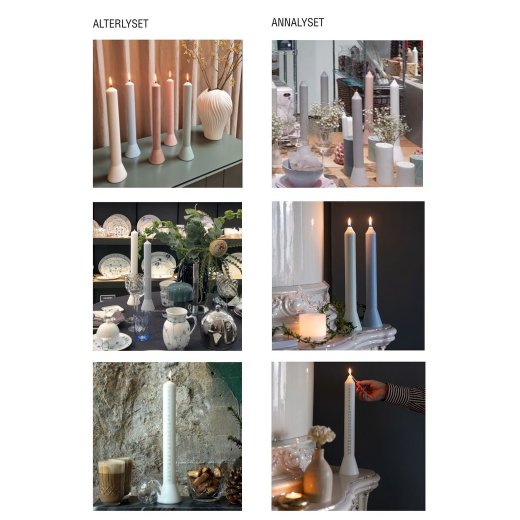Nanna Ditzel’s Guide to Creativity
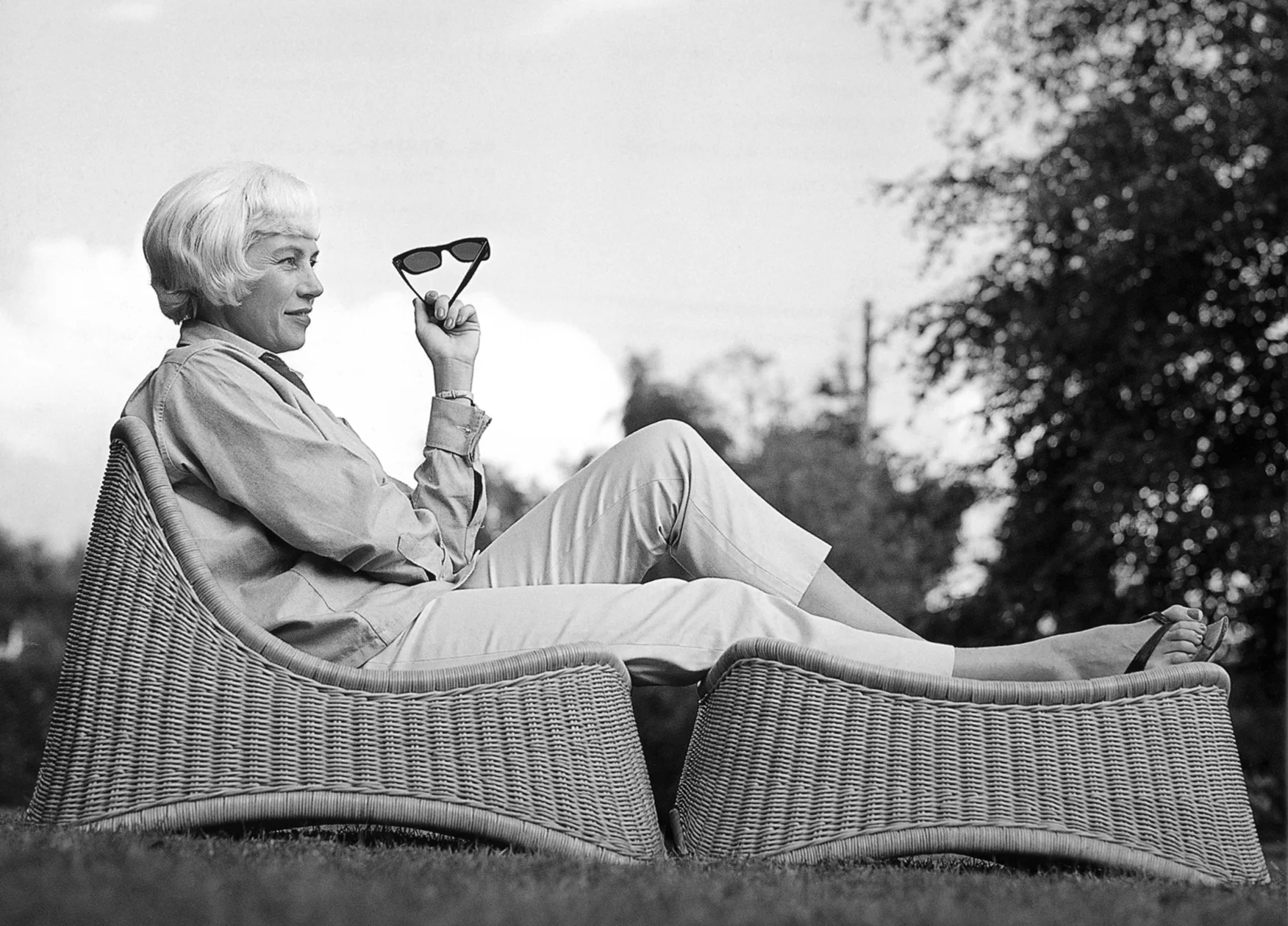
Celebrating the 100th anniversary of the birth of “The Grand Dame of Danish Design,” Nanna Ditzel, we explore some of the reasons behind her longlasting creativity.
by Design denmark, 06.10.2023
Nanna Ditzel stands out as a unique voice in the field of the other great masters from the golden age of Danish design. Her shapes are softer and more organic; some might call them feminine. However, her story is hardly a feminist story but more that of a highly creative individual who shaped the world around her to suit her creativity.
Here are some of the lessons we can learn from her that are still relevant today:
1. Don’t take no for an answer
Being a woman, she sometimes had to find creative ways or fight a bit more to make herself heard – especially in her early days. In her diaries, for example, she complains that the foremen only want to talk to her husband. But there was a drive in her – an urge to create and see it come to fruition. If she was met with the foreman’s “Impossible, it can’t be done”, she would say “Why don’t we try”. And if she suffered temporary setbacks, she had a saying that “Three steps forward and two steps backwards is still a step forward.”
“Three steps forward and two steps backwards is still a step forward.”
2. Make space for creativity
“My time is too valuable for housekeeping,” was another one of Nanna Ditzel’s sayings, showing her dedication to her craft and creativity. She made sure to have dedicated, uninterrupted work time. And while many of her pieces were about discovering new forms of community and ways of communicating. Her creative method was, to some extent, rooted in the solitary exploration of her craft. In this day and age, where it is almost impossible to find uninterrupted time, Ditzel’s systematic approach to creating space for creative work is a reminder for many of us.
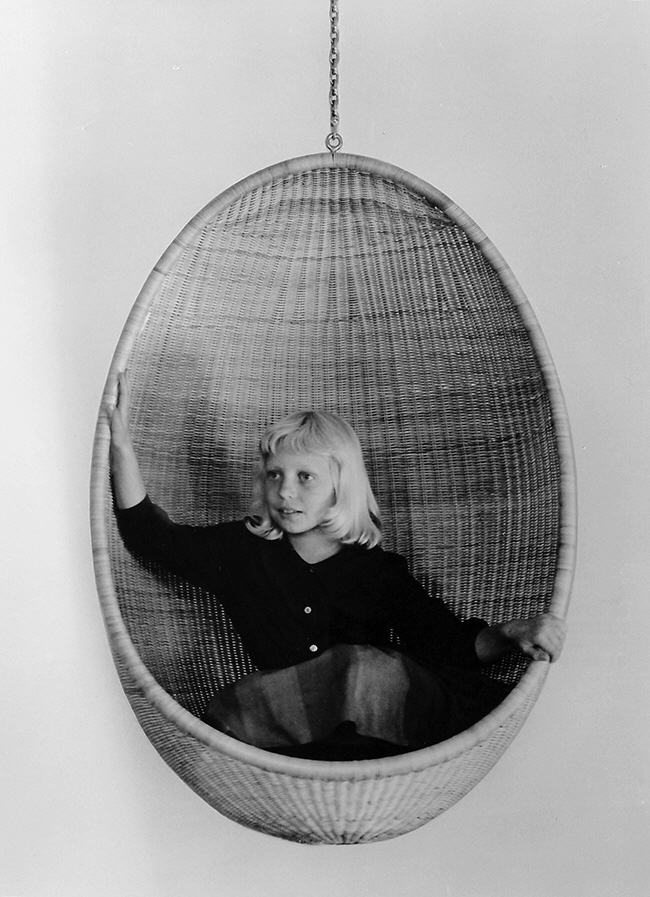
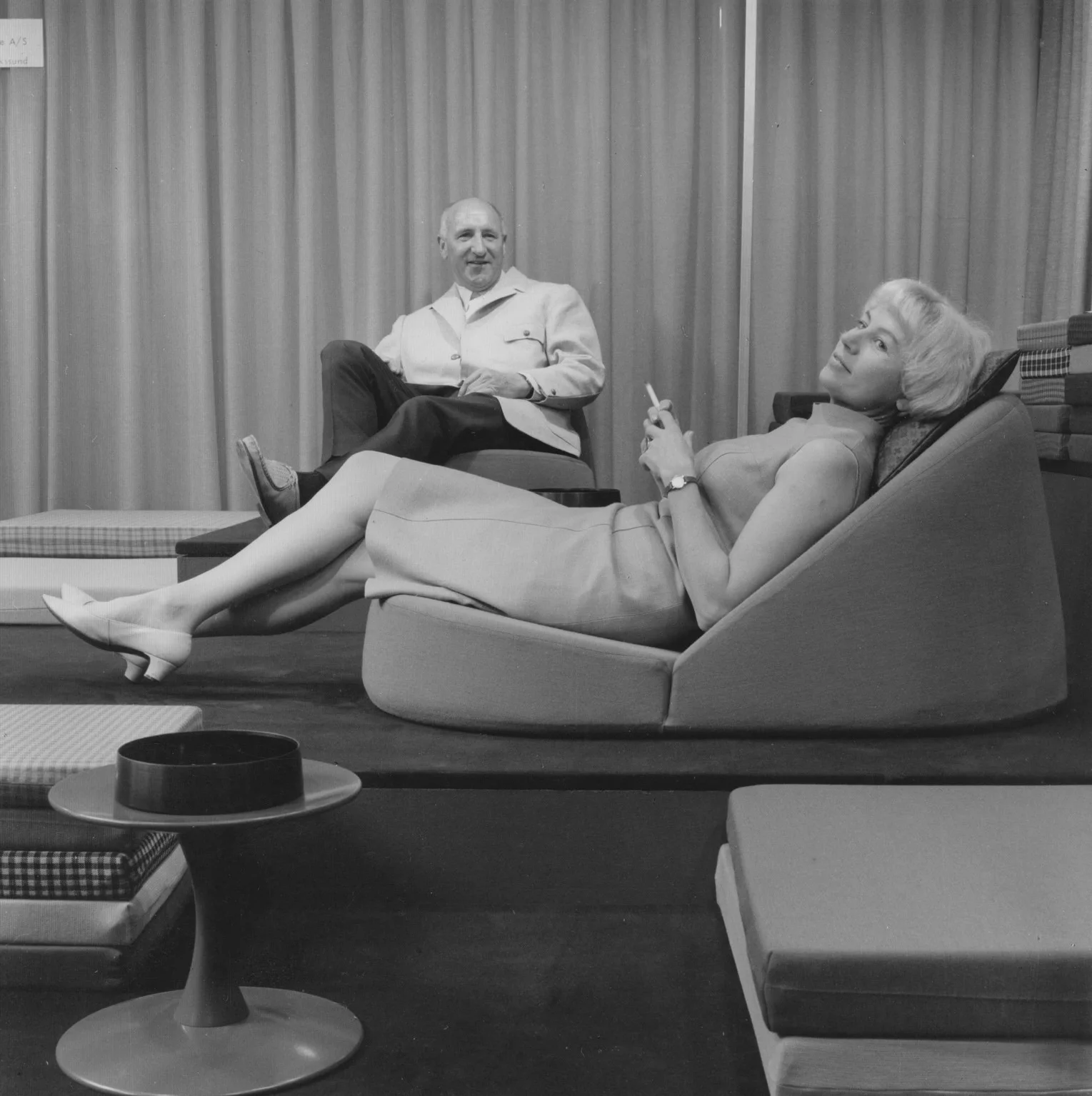
03. Look for inspiration everywhere
Nanna Ditzel found inspiration and need in her everyday life. She and her husband, Jørgen Ditzel, literally designed what they needed as they needed it: Furniture design for the children’s room, high chairs for the kids, etc.
Another huge source of inspiration in her design comes from the nature around her. There is a sense of biomimicry in her work: The soft form of seashells or the outline of a butterfly wing inspired some of her designs, for example – often with a keen eye for contrasts and balance.
She kept herself updated – always exploring technological advances that could lead to new experiments, creativity, and forms. She subscribed to many magazines about everything from design to engineering, and you see the impact directly on some of her designs. The Trinidad Chair, for example, is partly inspired by the fretwork from the Gingerbread Facades that she had seen in colonial architecture while travelling through Trinidad. But it also springs into being because she gained access to new technology, the CNC milling machine, making it possible to produce the chair industrially.

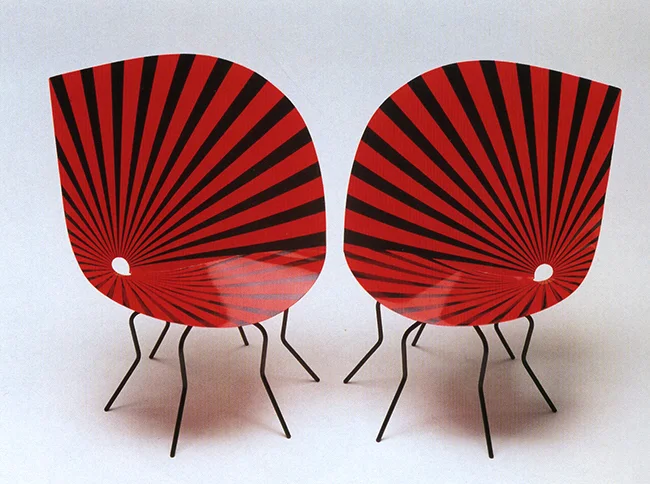
4. Find your prototyping zone
It is essential to have an experimentation or prototyping zone where you can take risks and try out things. For Nanna Ditzel, the Cabinetmakers Autumn Exhibition (Snedkernes Efterårsudstilling) was a playground to do this . Here, she tested ideas and got initial feedback.
5. Keep going, keep evolving
Despite her many successes, Ditzel never rested on her laurels. She evolved as a designer throughout her career, experimenting with new materials, techniques, and concepts. As we celebrate the centennial of her birth, the feeling is that Nanna Ditzel might be gone, but she has left a legacy that feels relevant and vital, maybe even more so today than it has in a long time.
Links
Nanns Ditzel Design: https://www.nanna-ditzel-design.dk/
Trapholt’s Nanna Ditzel Exhibition: https://trapholt.dk/en/nanna-ditzel/

